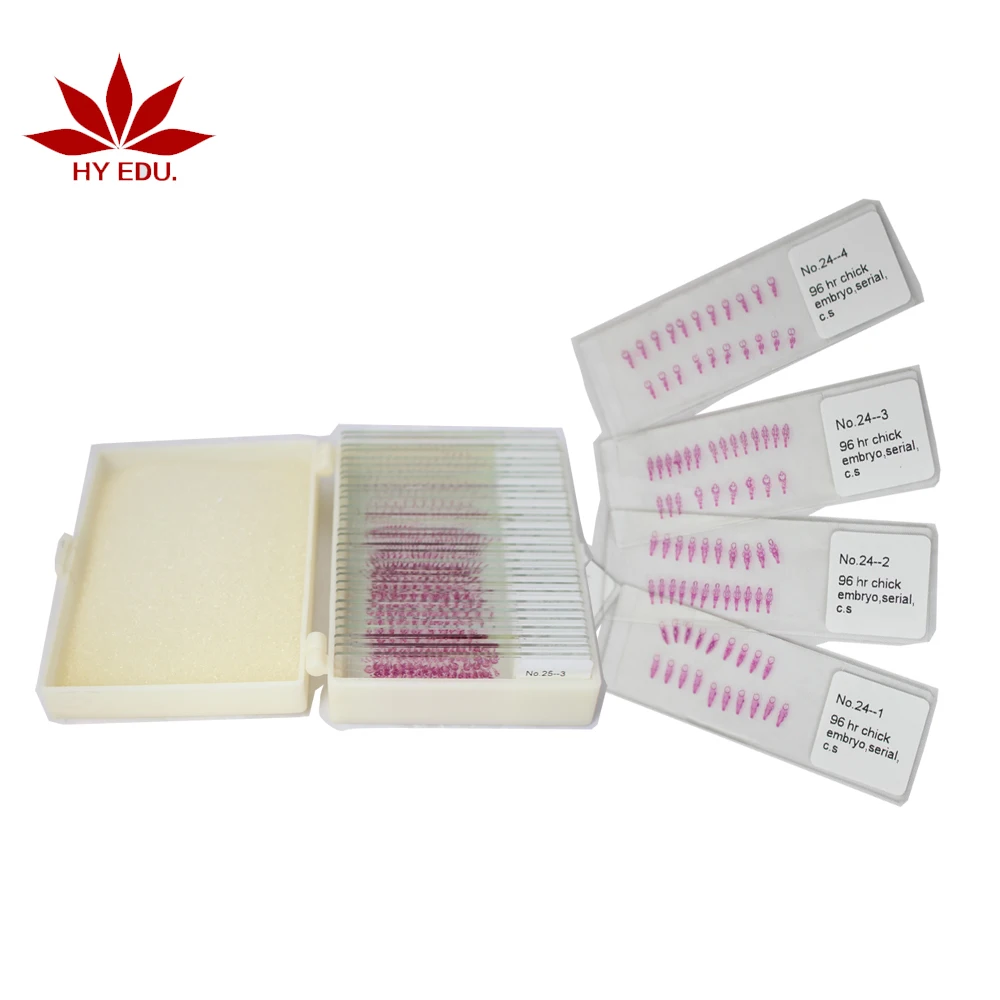96 Hour Chick Embryo Serial Section

Cheap microscope specimens, Buy Quality microscope slides directly from China slides microscope Suppliers: 44PCS Embryological Specimen Slices 24/48/72/96 Hours 15 Varieties of Chicken Embryos Serial Section Microscope Slide Enjoy Free Shipping Worldwide! Limited Time Sale Easy Return. Lab week # 11: Chick Slides 96 hour Dr. Jeanne D’Brant BIOL- 240 L Section W01 Week #11 Subscribe to view the full document. Introduction: Evolution is a interesting phenomenon in all the life forms on earth.
This historic 1920 paper by Bradley Patten described the understanding of chicken development. If like me you are interested in development, then these historic embryology textbooks are fascinating in the detail and interpretation of embryology at that given point in time. As with all historic texts, terminology and developmental descriptions may differ from our current understanding.  There may also be errors in transcription or interpretation from the original text. Currently only the text has been made available online, figures will be added at a later date. My thanks to the Internet Archive for making the original scanned book available. By the same author:.
There may also be errors in transcription or interpretation from the original text. Currently only the text has been made available online, figures will be added at a later date. My thanks to the Internet Archive for making the original scanned book available. By the same author:.
(1938) Am J Pathol. PMID 19970381 Those interested in historic chicken development should also see the earlier text. London: Macmillan and Co.
Modern Notes: Historic Disclaimer - information about historic embryology pages. Pages where the terms ' Historic Textbook' and ' Historic Embryology' appear on this site, and sections within pages where this disclaimer appears, indicate that the content and scientific understanding are specific to the time of publication. This means that while some scientific descriptions are still accurate, the terminology and interpretation of the developmental mechanisms reflect the understanding at the time of original publication and those of the preceding periods, these terms and interpretations may not reflect our current scientific understanding. Pages where the terms ' Historic Textbook' and ' Historic Embryology' appear on this site, and sections within pages where this disclaimer appears, indicate that the content and scientific understanding are specific to the time of publication. This means that while some scientific descriptions are still accurate, the terminology and interpretation of the developmental mechanisms reflect the understanding at the time of original publication and those of the preceding periods, these terms and interpretations may not reflect our current scientific understanding. (More? ) Glossary Links: Cite this page: Hill, M.A. (2019, March 10) Embryology Book - The Early Embryology of the Chick - Figures.
Retrieved from © Dr Mark Hill 2019, UNSW Embryology ISBN: 978 0 7334 2609 4 - UNSW CRICOS Provider Code No.
Contents • • • • • • • • Introduction Historically, an important way of teaching embryology is by direct observation of histological sections at different stages of development. Even today the best way to observe anatomical development and relationships is by direct observation in serial sections through the embryo and fetus.
The sections below are from the original teaching set prepared at UNSW that were digitized and put online in 1996 as a teaching resource. The Stage 13 and 22 images are available in at least two formats, an unlabeled set (image 1 - 49) and a labeled set (image 50 - 98) in a rostro-caudal sequence (head to tail).
Stage 22 embryo also has a set of selected images showing more detail of some organ and tissue development. In addition, there are now 3D animations based upon reconstruction of the embryos from these serial sections. 2011 - Selected slides are currently being rescanned at to show specific developmental details. Author Comments Start here by looking through the early (week 4) embryo (stage 13) labeled images. It is not so important to identify every single feature, observe what structures are present and where they are in the middle of the embryonic period (week 4).
Hire your entourage from a selection of 100 heroes and use them to slay monsters, earn rewards and collect powerful treasure across the entire kingdom of Arkandia! Work as a mercenary for 11 different factions using 46 unique units. Protector 4 takes the now classic gameplay and expands on it massively. Use your mouse to navigate the game and place units. Igri tipa miskritov 2. Finish your Protectomon collection and uncover ancient artifacts for your heroes with the help of Arkandia Jones the explorer.
Then if you like, look through the unlabeled images. What can you now recognise? Next look through the late (week 8) embryo (stage 22) labeled images as you did before. Then look through the same embryo stage selected labeled images. These show organ and tissue development of specific structures by the end of the embryonic period. What has changed?